Furnace Maintenance Checklist & Tips
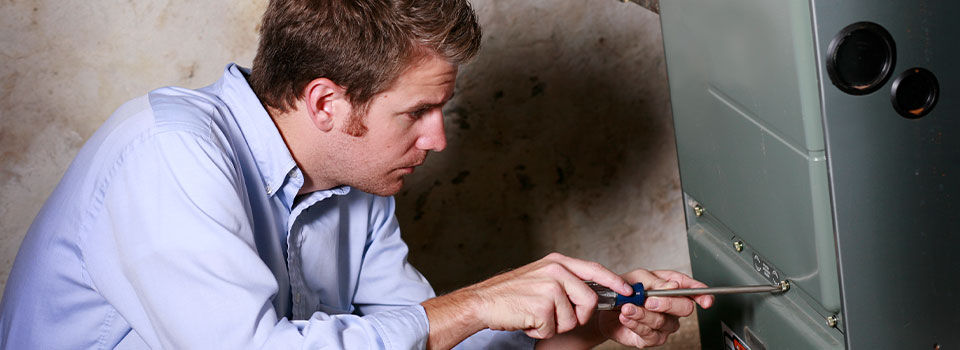
Much like with the air conditioner, it’s all too easy to take the furnace for granted in your home. It may produce heat steadily for years and then suddenly begin to produce unpleasant odors, increase your energy bills noticeably, or fail to turn on altogether one day. Taking care of your furnace on an annual basis with a few basic maintenance steps is the key to reliable performance. While you’ll need the help of an HVAC technician for the most intensive maintenance tasks, this checklist can be completed by any homeowner.
Change the Filters

Start by locating and changing out the air filters in your home’s furnace system. Most homes with central heating will have an air filter located at the central blower unit. There is also likely another filter at the air return, which will be a large grate located on the wall or floor in a central location of the home. If the filters aren’t designed for washing and reuse, replace them. Change or clean the air filters in the entire central heating and cooling system at least once every three months year-round, but make sure the furnace, in particular, has a new filter before starting it the first time each year.
Check the Ductwork
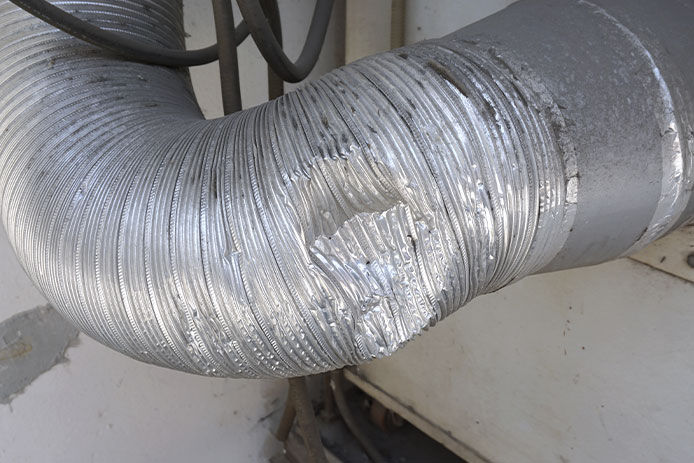
Some homes make it impossible to see any of the ducts that deliver the warm air from the furnace to the rest of the home. If possible, go into your basement and attic to look over whichever parts of the ducts you can reach. Using a flashlight, look for anywhere that the ducts have become loose, detached, or crimped in some way. These issues can either leave warm air escaping into the unfinished parts of the home, raising your energy bills, or keep the heating from being fully distributed through the home.
Clean Around the Furnace
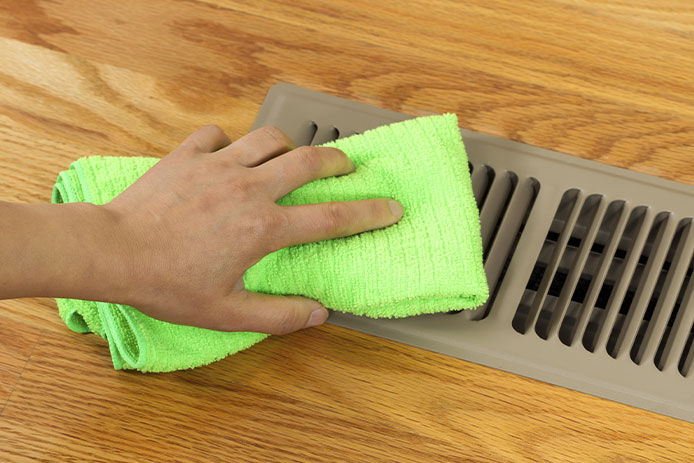
While you need to leave the interior cleaning of the furnace to the professionals, you should clean the exterior of the unit at least once a year. Sweep or dust off the vents of the unit to ensure the airflow isn’t impeded to overheat the unit or reduce its airflow. Vacuuming around the furnace and dusting the electrical and fuel connections is a good idea, but be careful not to knock anything loose or damage anything in the process. If you have an external heat pump unit, clean leaves, and grass away from it like you would for an A/C unit.
Get the Equipment Inspected and Serviced
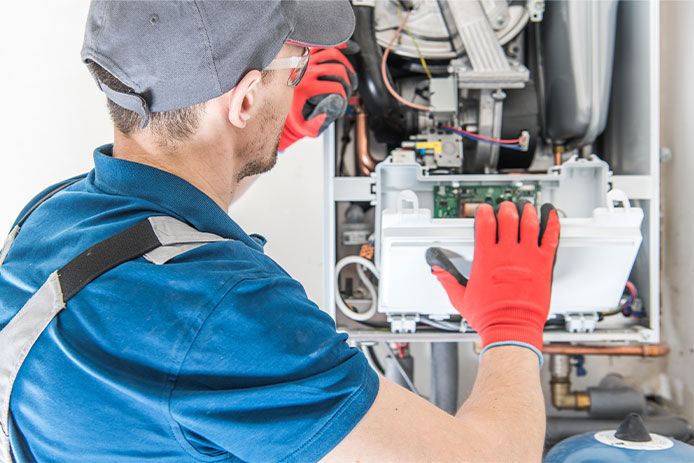
DIY maintenance is useful, but it won’t replace the attention of a service professional. A furnace should be inspected and serviced by an HVAC technician at least once per year, preferably before it is first used each year. Only a pro can clean out debris from the inside of the equipment or spot problems in need of repair.
Open Closed Off Vents
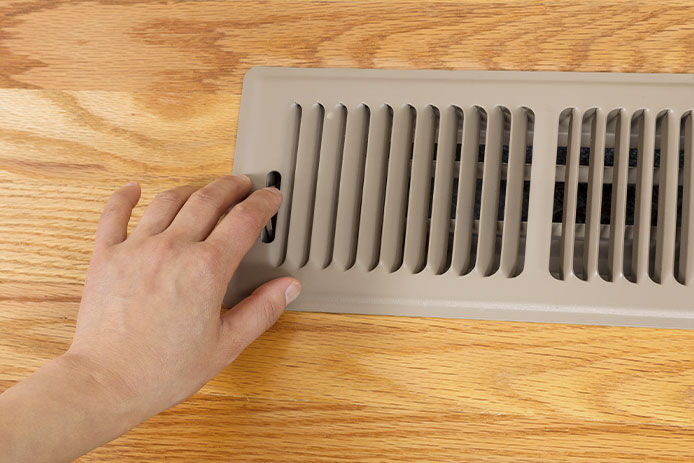
Don’t forget to reopen any vents closed off over the summer to spread heat evenly throughout the home. While it’s usually fine to shut vents in guest rooms and unused areas to improve cooling in the summer, it’s less recommended for heating. The home should stay heated to keep plumbing from freezing in the lesser-used parts of the house, not to mention maintaining the insulating heat envelope effect.
Check Fuel Connections and Electrical Wiring
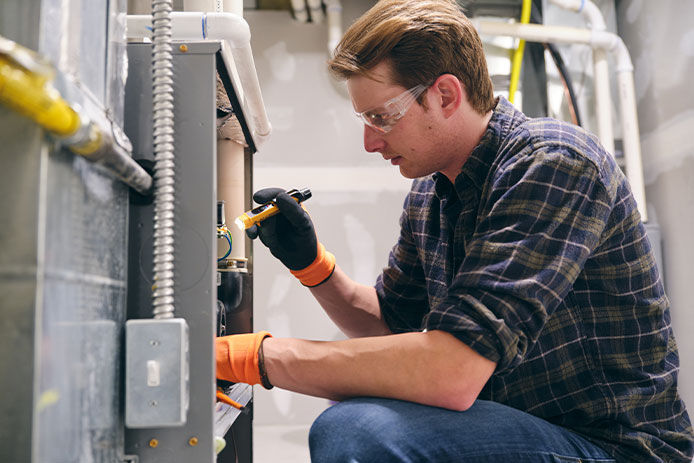
Fuel connections and electrical wiring for furnaces shouldn’t be touched or adjusted by a homeowner. But you can still visually confirm they’re connected and in good shape, with no cracks, rust, or missing insulation. If you notice any signs of damage to the connections of the furnace, have an HVAC technician check them out and replace any aging connectors. Fuel lines, in particular, should be replaced any time there’s a risk of damage since it can be dangerous if a leak develops.
Test the Thermostat
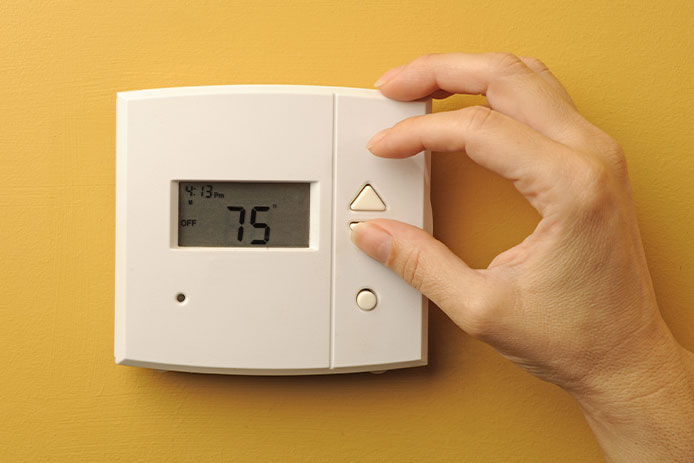
Finally, keep an eye on your thermostat’s performance as you begin using the furnace. Some common signs of a miscalibrated or malfunctioning thermostat include:
- Short cycling of the furnace on and off rapidly
- Delayed switching on or off
- Rising energy bills, especially if comfort levels drop at the same time
- Lack of reliable performance from day to day at the same settings
For the most basic test, try getting a small digital thermometer. Tape a piece of paper towel to the wall next to the thermostat, then hang the thermometer over it. This ensures you’re reading the air temperature and not the wall temperature. After 15 minutes, the thermometer and thermostat should have the same reading within a degree or two. If there’s more of a gap, have the thermostat calibrated or replaced.
With these tips, you’ll be ready to get steady heat out of your furnace all winter long. Tackle this checklist before settling in for a winter full of central heating, and you’ll enjoy the savings on your energy bills for months to come.
While do-it-yourself projects can be fun and fulfilling, there is always a potential for personal injury or property damage. We strongly suggest that any project beyond your abilities be left to licensed professionals such as electricians, plumbers, and carpenters. Any action you take upon the information on this website is strictly at your own risk, and we assume no responsibility or liability for the contents of this article.